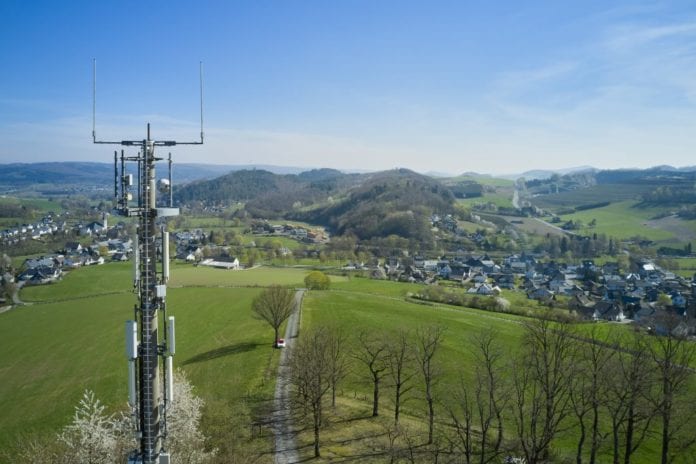Vodafone has installed 119 new LTE stations and 26 5G stations across the country since the beginning of the year
Vodafone Germany has already equipped 37,000 antennas with 5G technology, the German carrier said in a release.
These include 3,400 5G Standalone (SA) stations with around 10,000 5G SA antennas, Vodafone Germany said.
Since the beginning of January, Vodafone says it has installed 119 new LTE stations and 26 5G stations.
This summer, the carrier noted that its customers will be able to make calls via the 5G network for the first time at some locations. So far, only data services via 5G have been available. Vodafone Germany will enable voice calls via its 5G network using Voice over New Radio (VoNR). With this technology, the voice signals are converted into data packets and transmitted via 5G.
Tanja Richter, head of technology at Vodafone, said: “We are not only expanding our 5G network across the board. We are also strengthening it by bringing new technologies to the network and thus making the potential of 5G tangible for our customers.”
Earlier this year, Vodafone Germany said it aims to activate 2,700 new 5G sites with a total of 8,000 antennas in the first half of 2023.
During 2022, Vodafone technicians commissioned 5,450 5G sites with more than 16,000 antennas. In total, Vodafone has already equipped 36,000 antennas with 5G, the company has said.
The carrier said its 5G network was already providing coverage to 65 million people across the country, representing nearly 80% of Germany’s population.
The telco had previously noted that its 5G Standalone network is currently available to nearly 20 million people across Germany. Vodafone previously said that 5G SA technology will reach nationwide coverage by 2025.
Last year, Vodafone Germany launched its 5G Standalone (SA) network in partnership with Ericsson, Nokia, Qualcomm and Oppo.
For the 5G expansion, Vodafone is relying on frequencies in the 3.6 GHz, 1.8 GHz and 700 MHz bands in large urban areas, residential areas and suburbs, and rural areas across Germany.
Vodafone initially launched its 5G network in Germany in 2019, using 3.5 GHz frequencies that it acquired from Telefónica in 2018.
Vodafone Germany had recently successfully completed a field test with Open RAN (O-RAN) technology in Plauen, in the Saxony region.
The Germany carrier had previously announced that it will carry out comprehensive pilot projects for open 5G radio access networks at several locations in Germany. The first two stations for the operator’s O-RAN technology are located in rural Bavaria. The pilots are scheduled to start in early 2023 and mark the beginning of a broader deployment of O-RAN technology in Vodafone’s European mobile networks.
The pilot projects will use O-RAN hardware and software, which Vodafone successfully tested in the U.K. earlier this year. Samsung is currently supplying mobile technology and software for these O-RAN trials.

